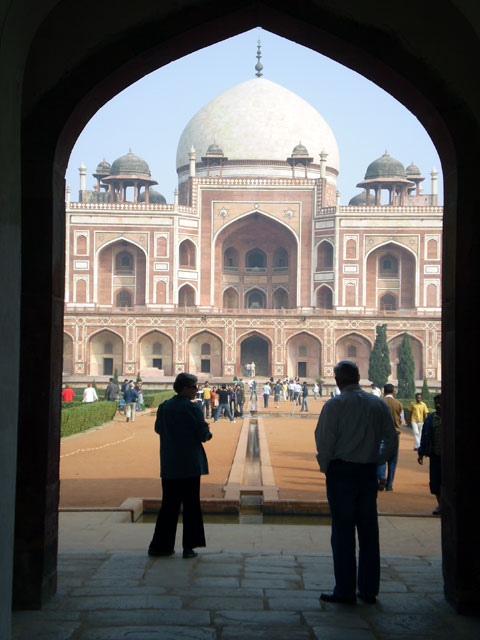Humayun Tomb || Humayun Tomb
This magnificent Humayun's Tomb also known as Baby Taj is located in Nizamuddin east, New Delhi. It was built by the orders of Hamida Banu Begum, Humayun's widow starting in 1562 and took 8 years to complete. The complex was declared a UNESCO World Heritage Site in 1993, and since then has undergone extensive restoration work. The highly geometrical and enclosed Paradise garden is divided into four squares by paved walkways (khiyabans) and two bisecting central water channels, reflecting the four rivers that flow in jannat, the Islamic concept of paradise. Each of the four square is further divided into smaller squares with pathways, creating into 36 squares in all, a design typical of later Mughal gardens.The central water channels appear to be disappearing beneath the tomb structure and reappearing on the other side in a straight line, suggesting the Quranic verse, which talks of rivers flowing beneath the 'Garden of Paradise. The building was first to use its unique combination of red sandstone and white marble, and includes several elements of Indian architectural, like the small canopies, or chhatris surrounding the central dome, popular in Rajasthani architecture and which were originally covered with blue tiles. It is the first distinct example of proper Mughal style, which was inspired by Persian architecture. It is still maintained in its original grandeur.


 +1 612 869 4949
+1 612 869 4949